Home>Home Appliances>Bathroom Appliances>How Often To Change The Head On An Electric Toothbrush
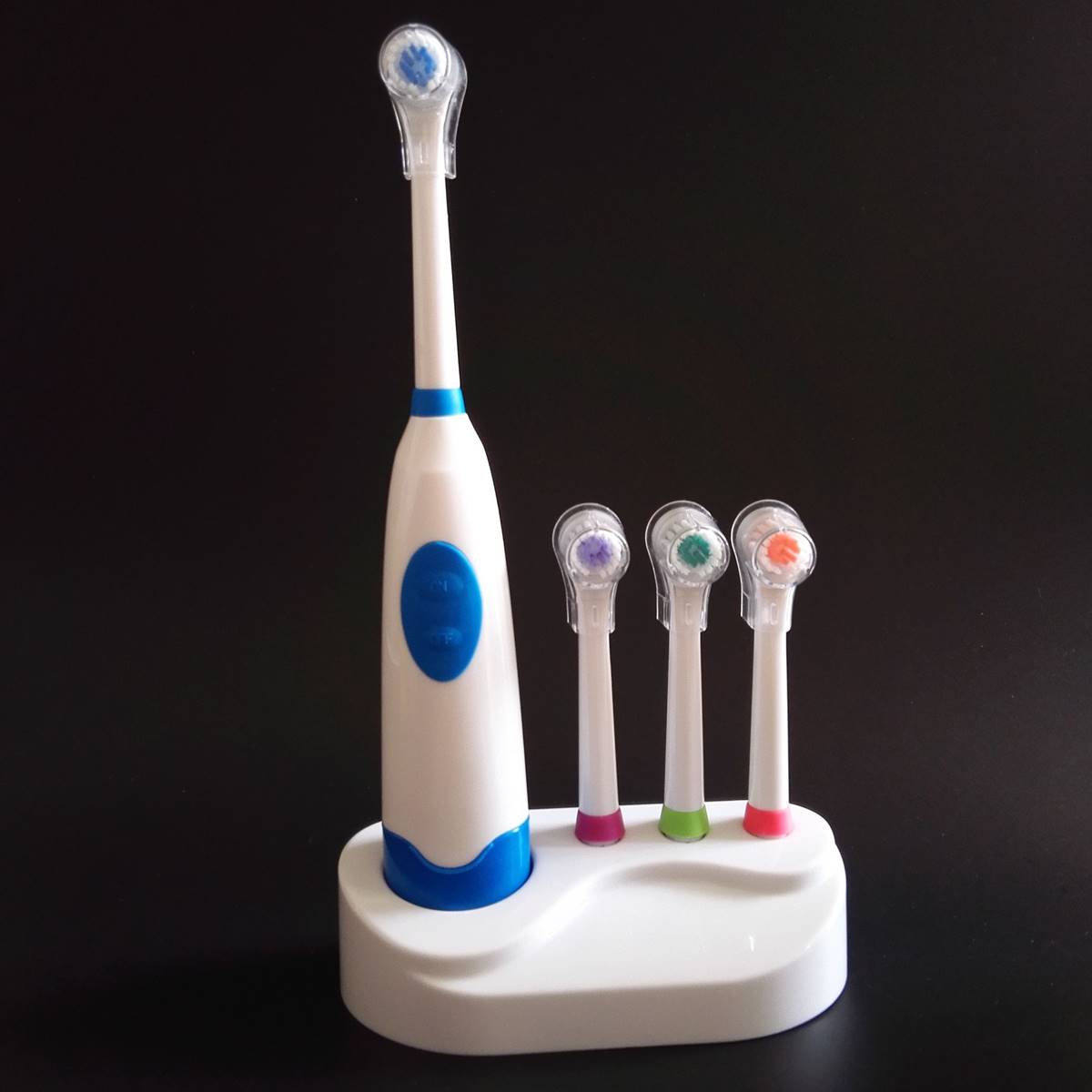

Bathroom Appliances
How Often To Change The Head On An Electric Toothbrush
Modified: April 23, 2024
Discover how often you should change the head on your electric toothbrush for optimal hygiene and performance. Find expert tips on bathroom appliance care.
(Many of the links in this article redirect to a specific reviewed product. Your purchase of these products through affiliate links helps to generate commission for Storables.com, at no extra cost. Learn more)
Introduction
When it comes to maintaining good oral hygiene, using an electric toothbrush can make a significant difference. These modern marvels of dental care are designed to provide superior cleaning compared to traditional manual toothbrushes. However, to ensure optimal performance and hygiene, it's essential to pay attention to the condition of the toothbrush head. In this comprehensive guide, we will delve into the crucial aspect of head replacement for electric toothbrushes. From understanding the importance of changing the head to recognizing the signs that indicate the need for a replacement, we will cover all the essential information to help you maintain a healthy and effective oral care routine. So, let's dive in and explore the world of electric toothbrush maintenance!
Key Takeaways:
- Regularly changing the head of your electric toothbrush ensures optimal cleaning, prevents bacterial buildup, and protects your gum health, promoting a consistently effective and hygienic brushing experience.
- Keep an eye out for signs like worn bristles, reduced cleaning performance, and unpleasant odors to know when it’s time to replace the head of your electric toothbrush, maintaining optimal oral hygiene and a refreshing brushing experience.
Read more: How Often To Change Toothbrush Head
Importance of Changing the Head
The head of an electric toothbrush plays a pivotal role in ensuring effective plaque removal and overall oral health. Over time, the bristles on the brush head begin to wear down, losing their original shape and stiffness. This gradual deterioration can significantly compromise the toothbrush’s cleaning performance, ultimately affecting the quality of your oral hygiene routine.
Regularly changing the toothbrush head is crucial for several reasons:
- Optimal Cleaning: As the bristles wear out, they become less effective at removing plaque and debris from the teeth and gums. By replacing the head at the recommended intervals, you can ensure that the bristles maintain their effectiveness, providing thorough cleaning with each use.
- Preventing Bacterial Buildup: Over time, the bristles can accumulate bacteria, food particles, and other debris, creating an environment conducive to bacterial growth. By replacing the head regularly, you can minimize the risk of bacterial contamination and maintain a hygienic brushing experience.
- Protecting Gum Health: Worn-out bristles can be harsh on the gums, potentially causing irritation and damage. By using a fresh head with properly aligned and gentle bristles, you can safeguard the health and integrity of your gums.
- Maximizing Effectiveness of Features: Some electric toothbrush models incorporate advanced features in the brush head, such as special bristle patterns or indicators that fade with use. By changing the head as recommended, you can ensure that these features function as intended, maximizing the benefits of your toothbrush.
By understanding the importance of regular head replacement, you can prioritize this aspect of dental care, reaping the rewards of a consistently effective and hygienic brushing experience.
Factors to Consider
When determining how often to change the head on an electric toothbrush, several factors come into play. Understanding these considerations can help you establish a suitable replacement schedule tailored to your specific needs and usage patterns.
Key factors to consider include:
- Manufacturer’s Recommendations: The manufacturer of your electric toothbrush typically provides guidelines regarding head replacement intervals. These recommendations are based on extensive testing and are designed to ensure optimal performance and hygiene. Checking the user manual or the manufacturer’s website can provide valuable insights into the recommended replacement frequency.
- Usage Frequency: The frequency of use plays a significant role in determining how quickly the bristles wear down. Individuals who brush more frequently may need to replace the head more often to maintain optimal cleaning performance.
- Brushing Technique: The vigor and pressure applied during brushing can impact the wear and tear of the bristles. Individuals with a more aggressive brushing style may find that the bristles deteriorate more rapidly, necessitating more frequent head replacements.
- Health Considerations: Certain oral health conditions or dental treatments may warrant more frequent head replacements to ensure thorough cleaning and minimize the risk of bacterial buildup. Consulting with a dental professional can provide valuable insights into the ideal replacement frequency based on individual oral health needs.
- Environmental Factors: Environmental conditions, such as humidity and storage methods, can affect the longevity of the brush head. Storing the toothbrush in a humid environment or in close proximity to the toilet, for example, may contribute to bacterial growth and degradation of the bristles, necessitating more frequent replacements.
By taking these factors into account, you can make an informed decision regarding the frequency of head replacement, ensuring that your electric toothbrush continues to deliver optimal cleaning performance and hygiene benefits.
Replace the head of your electric toothbrush every 3-4 months to maintain its effectiveness and hygiene.
General Guidelines for Changing the Head
While specific recommendations for changing the head on an electric toothbrush may vary depending on the manufacturer and individual circumstances, there are general guidelines that can serve as a useful reference for most users.
Consider the following general guidelines for changing the head on your electric toothbrush:
- Follow Manufacturer’s Recommendations: Adhering to the replacement intervals recommended by the manufacturer is a fundamental guideline. These guidelines are typically based on extensive testing and are designed to ensure optimal cleaning performance and hygiene. Check the user manual or the manufacturer’s website for specific recommendations.
- Monitor Bristle Condition: Regularly inspect the bristles for signs of wear, splaying, or fraying. If the bristles appear bent, worn, or irregularly splayed, it’s a clear indication that the head may need replacement, even if it’s before the recommended interval.
- Consider Individual Factors: Take into account your usage frequency, brushing technique, oral health needs, and environmental conditions when determining the replacement schedule. Individuals with specific oral health concerns or aggressive brushing habits may benefit from more frequent head replacements.
- Plan for Regular Inspections: Incorporate regular inspections of the brush head into your oral care routine. This proactive approach allows you to identify any deterioration in the bristles and take timely action to maintain optimal cleaning efficacy.
- Stock Replacement Heads: To ensure continuity in your oral care routine, it’s advisable to keep spare replacement heads on hand. This ensures that you’re prepared to replace the head as soon as signs of wear or aging become apparent, without any interruption in your brushing routine.
By following these general guidelines and staying attuned to the condition of the brush head, you can maintain a proactive approach to head replacement, maximizing the effectiveness and hygiene benefits of your electric toothbrush.
Signs That Indicate the Need for a Replacement
Recognizing the signs that indicate the need for a replacement head on your electric toothbrush is essential for maintaining optimal oral hygiene and ensuring effective plaque removal. By being attentive to these indicators, you can proactively address any decline in cleaning performance and hygiene efficacy.
Key signs that suggest the need for a replacement head include:
- Worn or Frayed Bristles: Inspect the bristles regularly for any signs of wear, fraying, or splaying. Worn or irregularly splayed bristles can indicate a loss of cleaning effectiveness, signaling the need for a new head.
- Discoloration or Staining: If you notice discoloration or staining of the bristles that persists despite thorough cleaning, it may indicate the presence of bacteria or other contaminants. In such cases, replacing the head can help maintain a hygienic brushing experience.
- Reduced Cleaning Performance: If you perceive a decline in the toothbrush’s cleaning efficacy, such as less effective plaque removal or a diminished sensation of cleanliness after brushing, it could be a sign that the head is no longer performing optimally and requires replacement.
- Indicator Bristles: Some toothbrush heads are equipped with indicator bristles that fade over time, serving as a visual cue for replacement. If the indicator bristles have significantly faded or lost their color, it’s time to install a new head to ensure continued optimal cleaning performance.
- Unpleasant Odor: A persistent unpleasant odor emanating from the brush head, even after thorough cleaning, may indicate bacterial buildup or contamination. Replacing the head can help eliminate the source of the odor and maintain a fresh and hygienic brushing experience.
By remaining vigilant for these signs and promptly addressing any indications of wear, contamination, or reduced performance, you can uphold the effectiveness and hygiene benefits of your electric toothbrush, promoting a consistently thorough and refreshing oral care routine.
Conclusion
Maintaining a healthy and effective oral care routine with an electric toothbrush hinges on the regular replacement of the brush head. By understanding the importance of this practice and recognizing the signs that indicate the need for a replacement, you can ensure that your toothbrush continues to deliver optimal cleaning performance and hygiene benefits.
Factors such as the manufacturer’s recommendations, individual usage patterns, and oral health considerations play a crucial role in determining the appropriate frequency for changing the head on your electric toothbrush. By taking these factors into account and adhering to general guidelines for head replacement, you can proactively safeguard the effectiveness and hygiene of your oral care routine.
Regular inspections of the brush head, coupled with proactive planning and stockpiling of replacement heads, can empower you to address any signs of wear, contamination, or reduced cleaning performance in a timely manner, maintaining a consistent standard of oral hygiene.
Ultimately, staying attuned to the condition of the brush head and promptly addressing any indications of wear or deterioration enables you to derive the maximum benefits from your electric toothbrush, ensuring thorough plaque removal, gum health, and a refreshing brushing experience with every use.
By prioritizing the maintenance of your electric toothbrush and staying proactive in head replacement, you can uphold the highest standards of oral hygiene, promoting a healthy and radiant smile for years to come.
Frequently Asked Questions about How Often To Change The Head On An Electric Toothbrush
Was this page helpful?
At Storables.com, we guarantee accurate and reliable information. Our content, validated by Expert Board Contributors, is crafted following stringent Editorial Policies. We're committed to providing you with well-researched, expert-backed insights for all your informational needs.
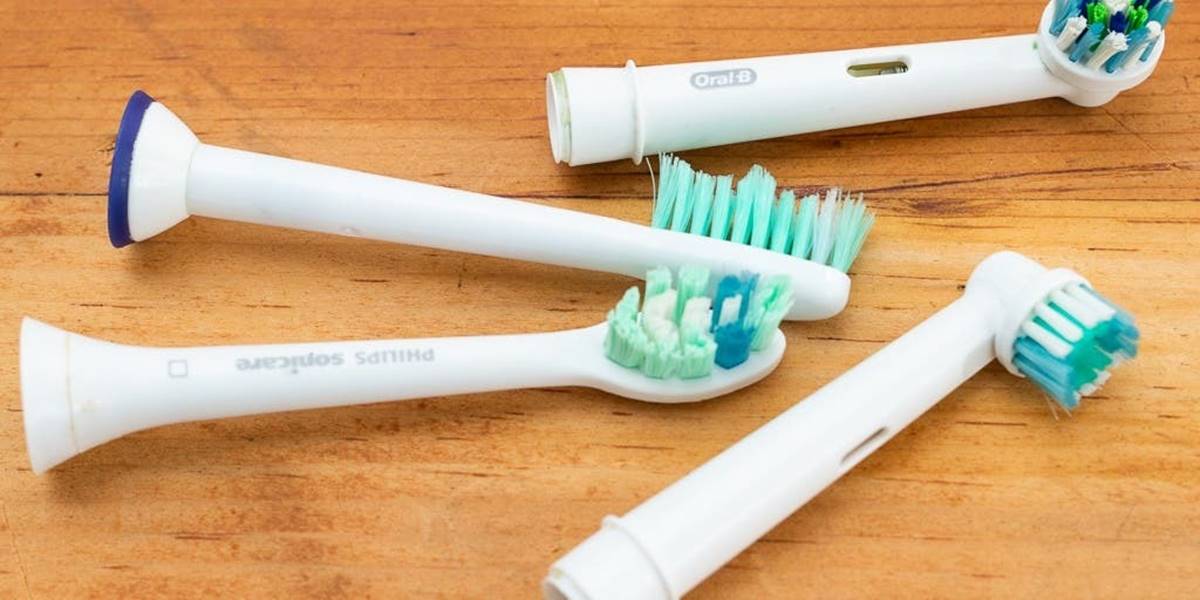
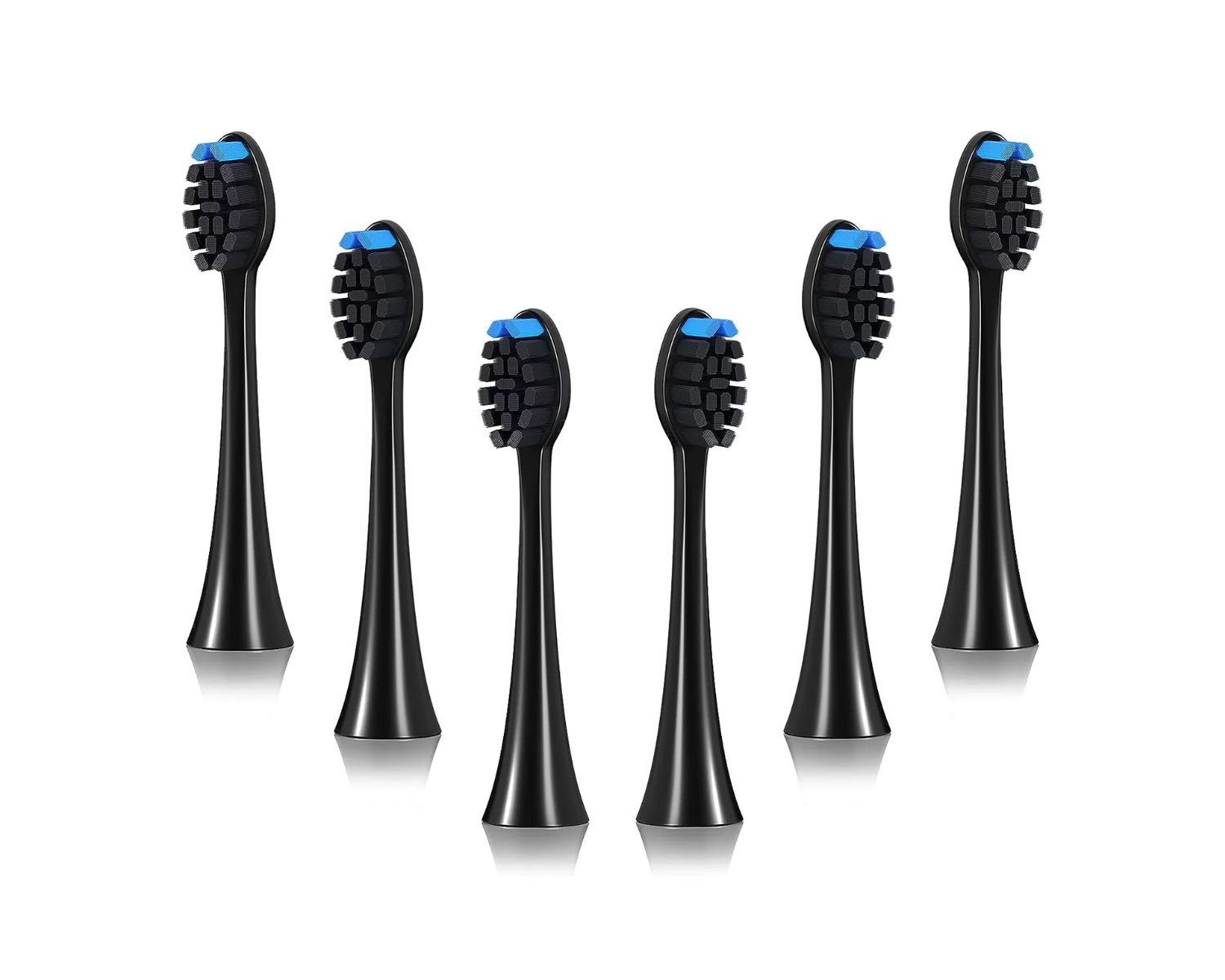
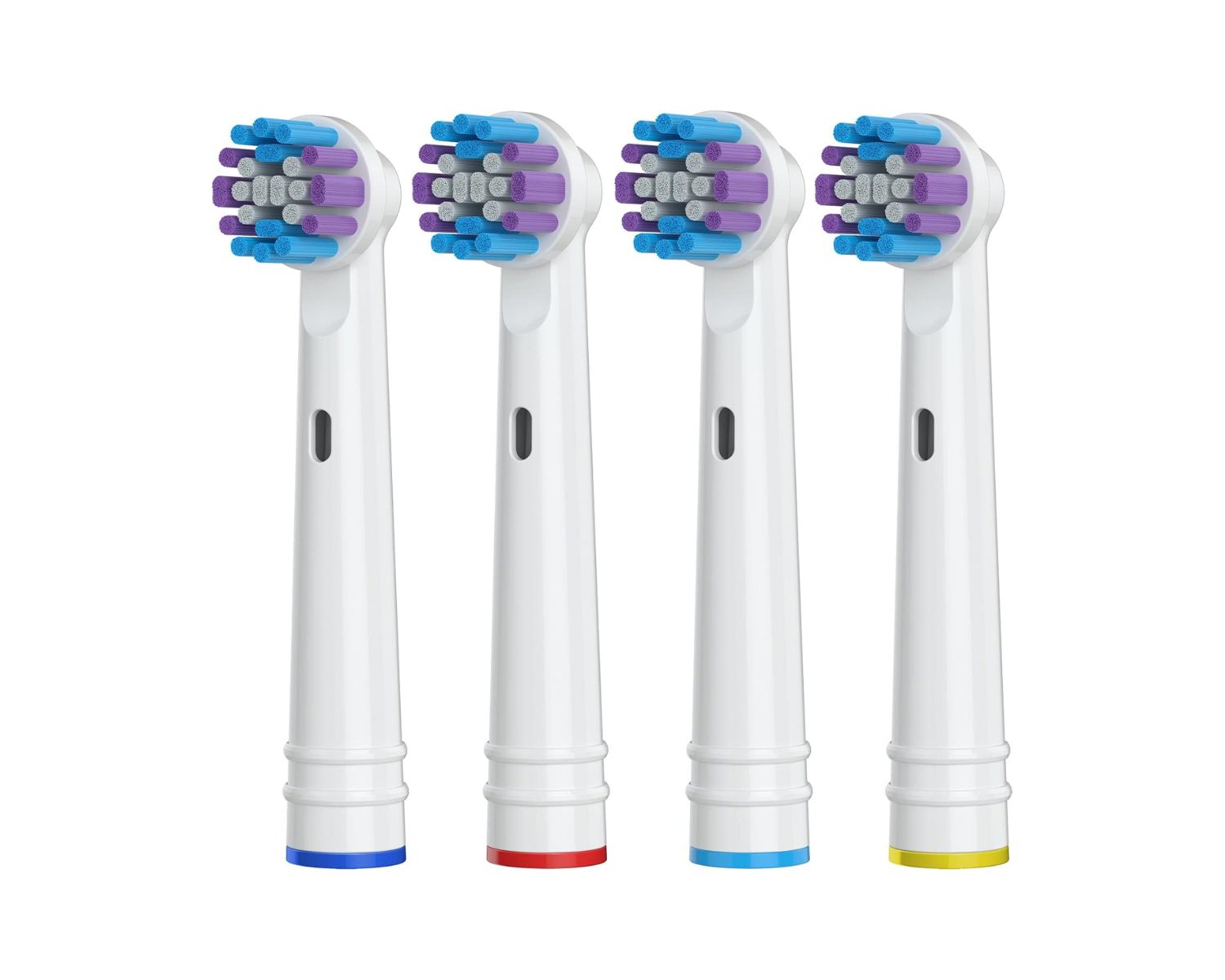
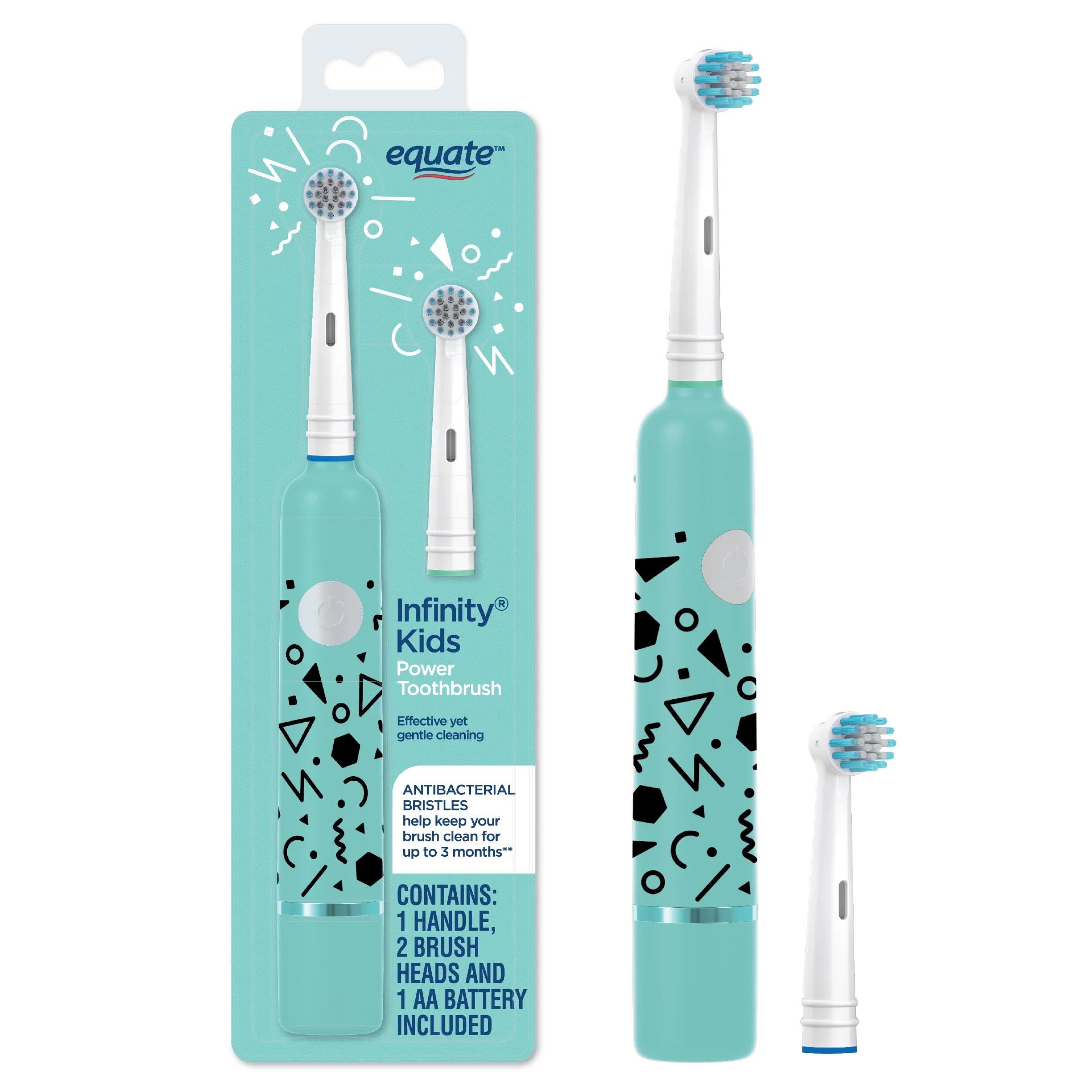
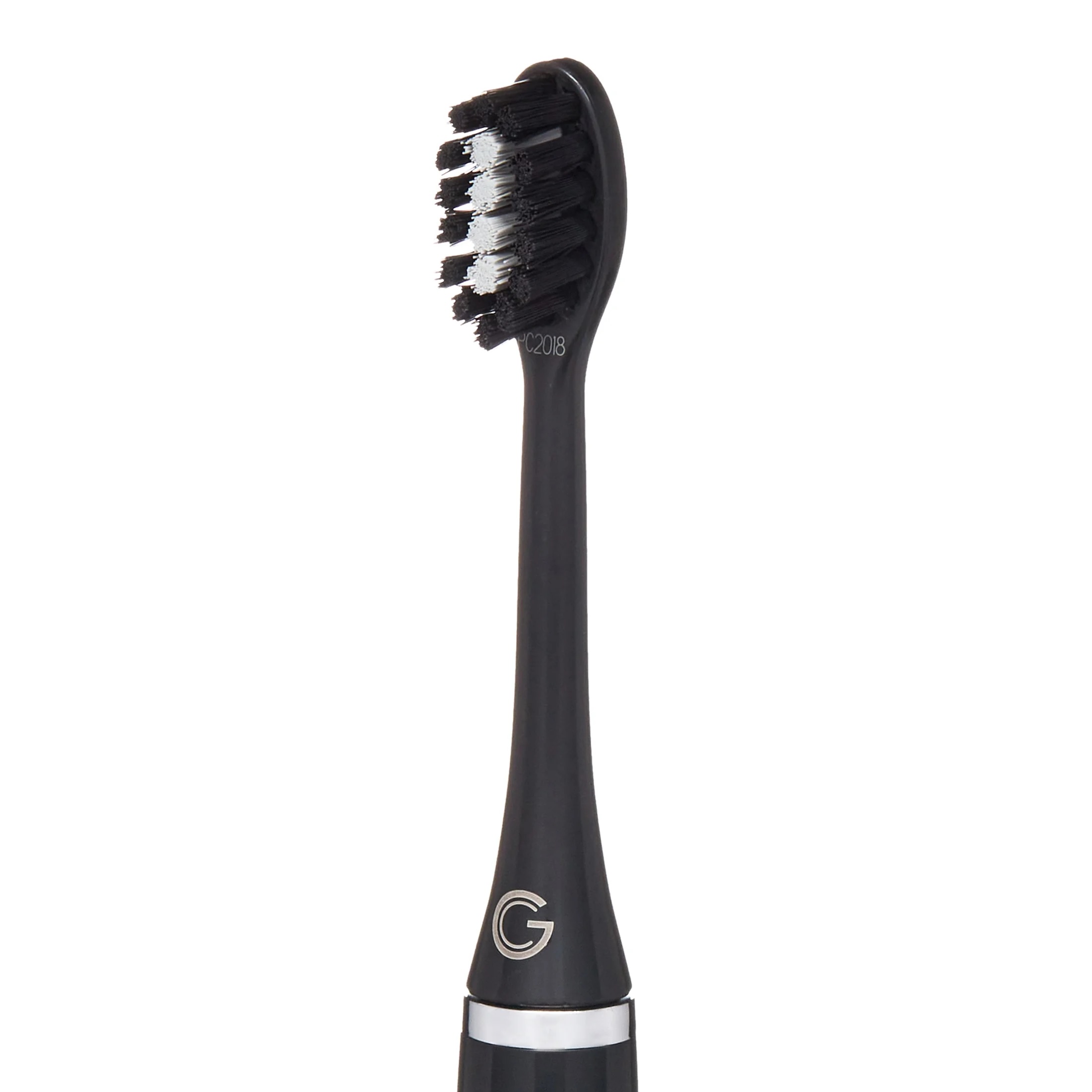
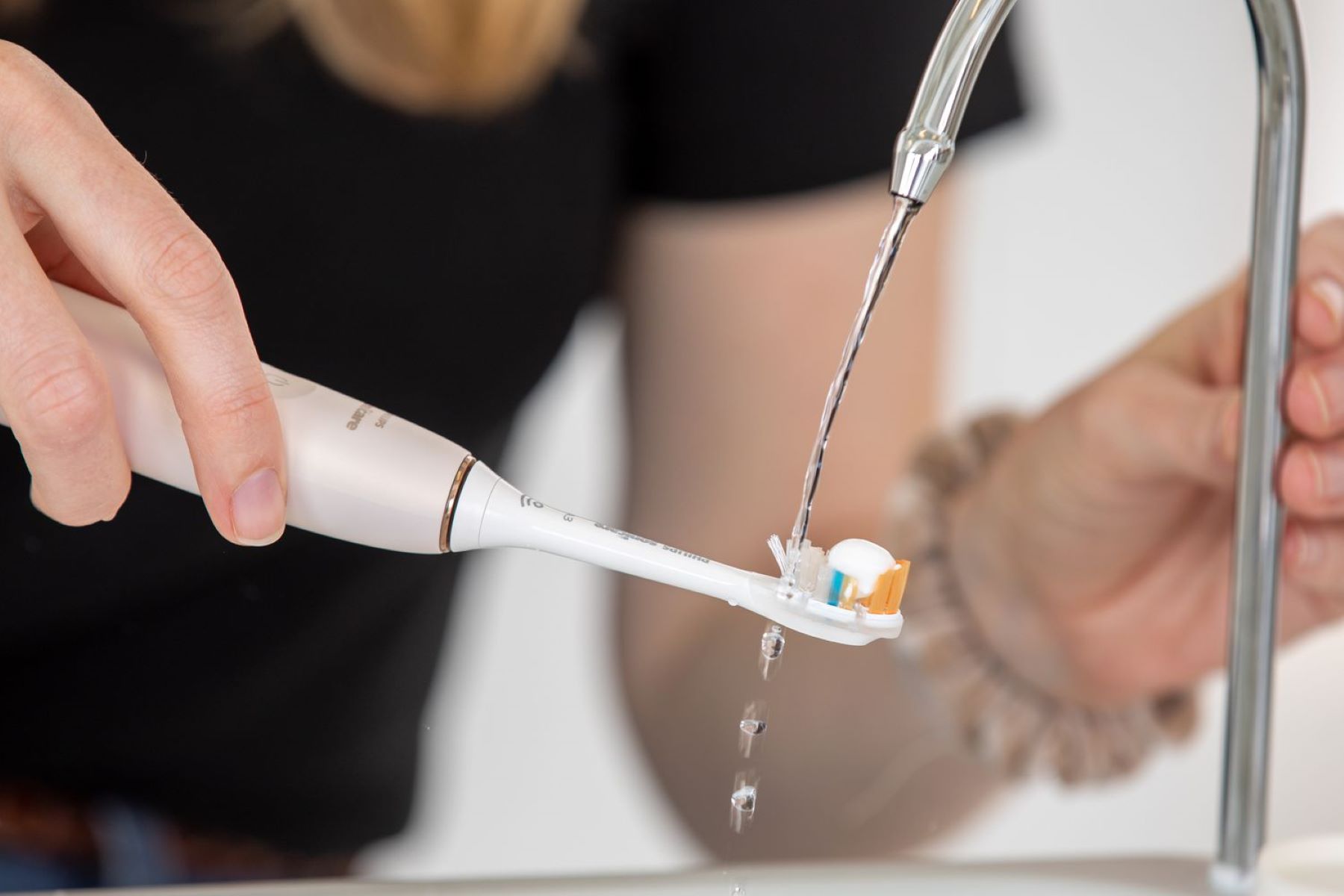
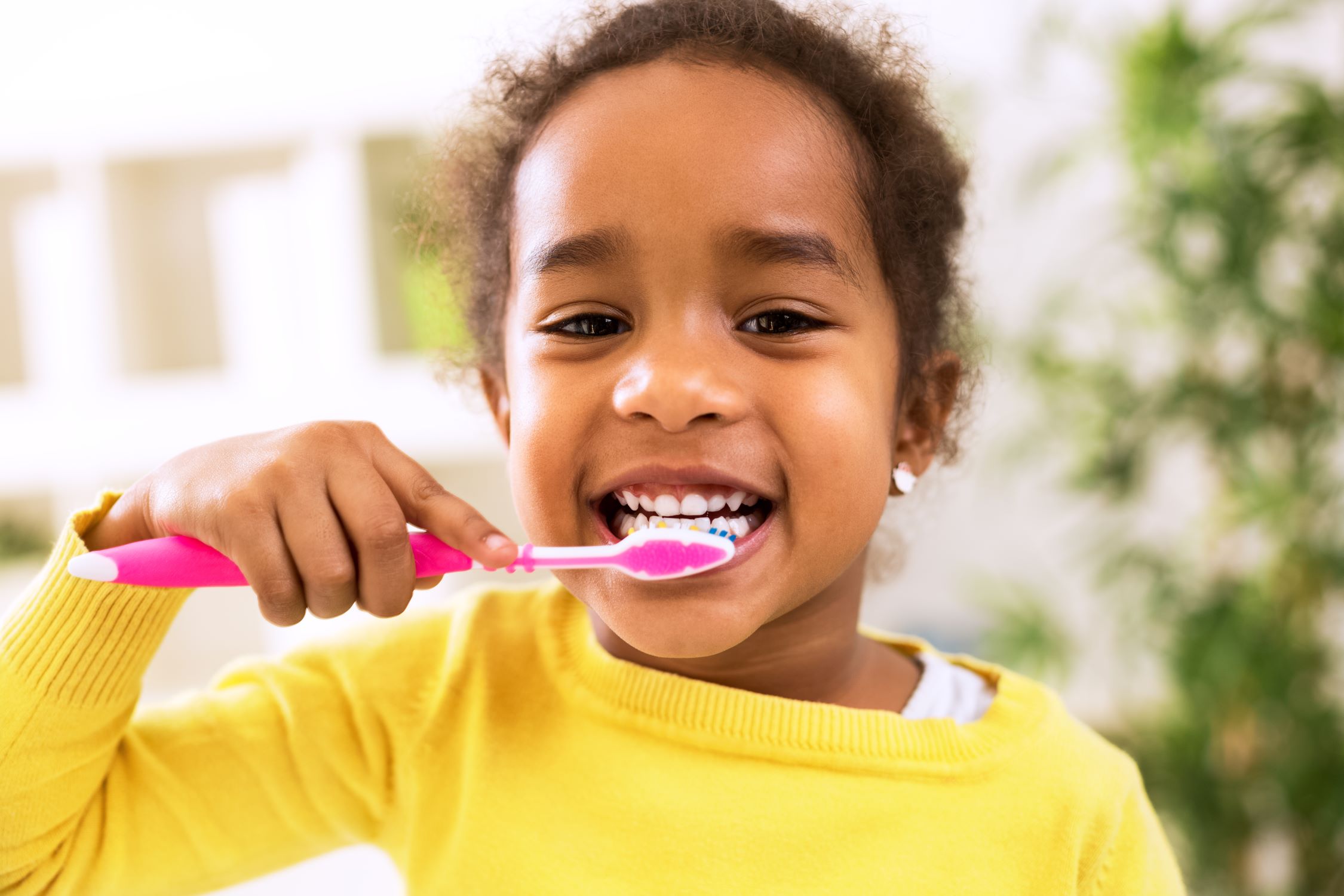
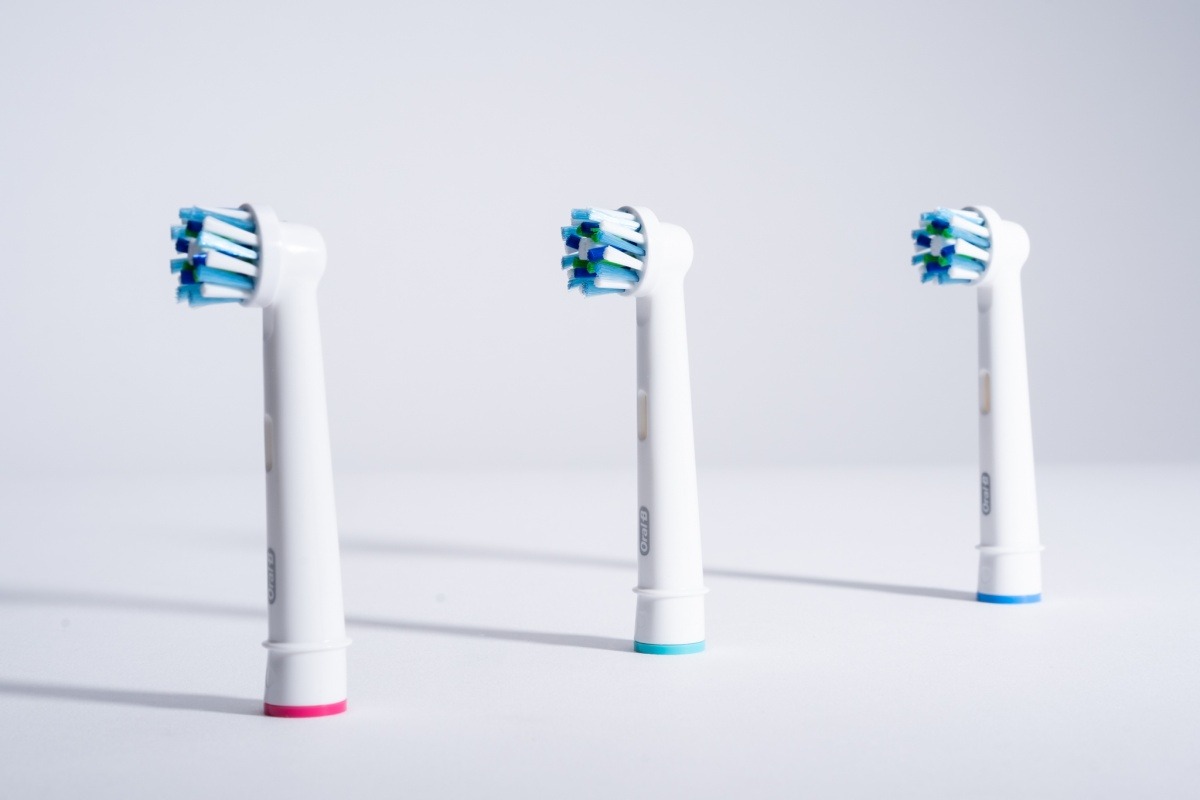
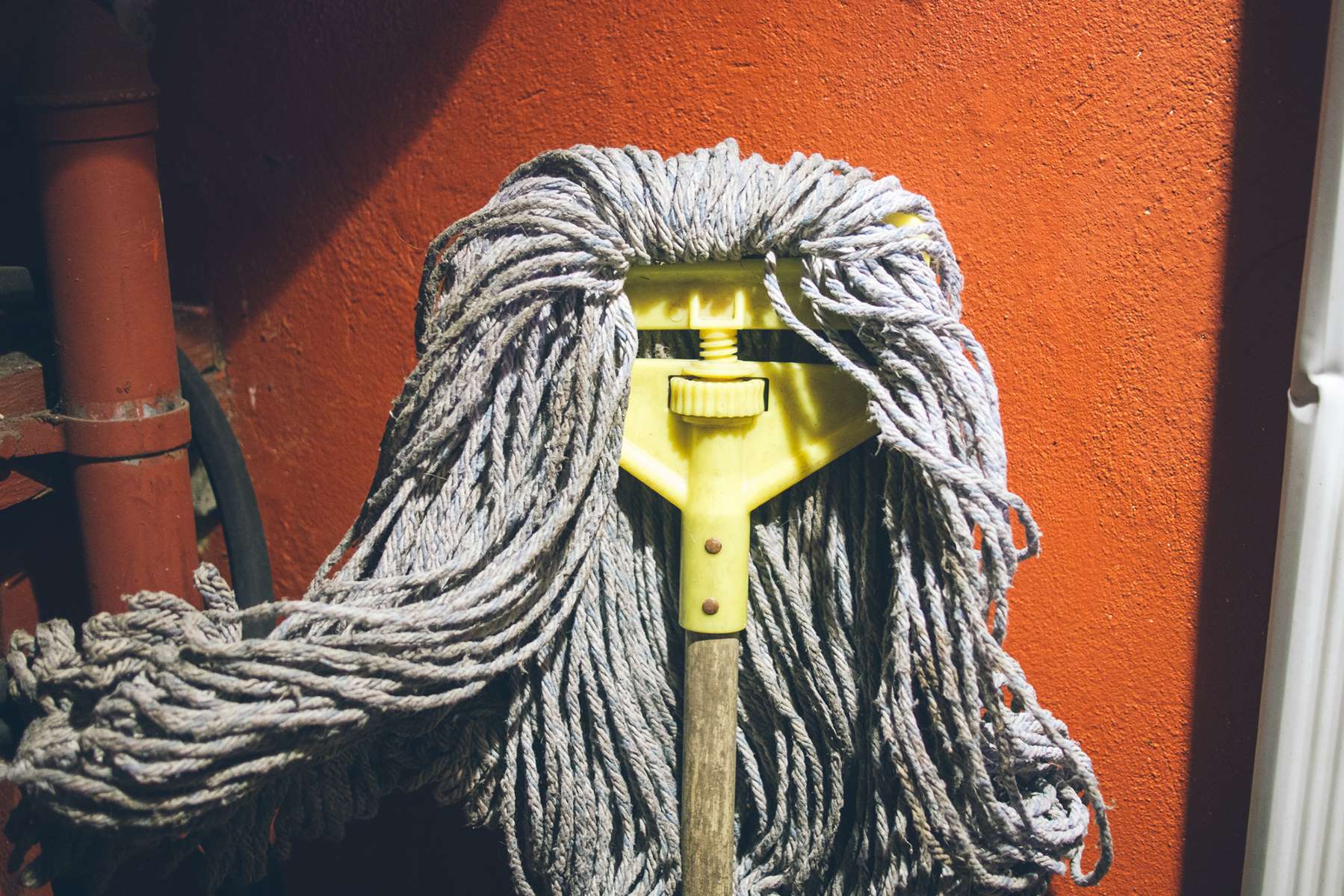
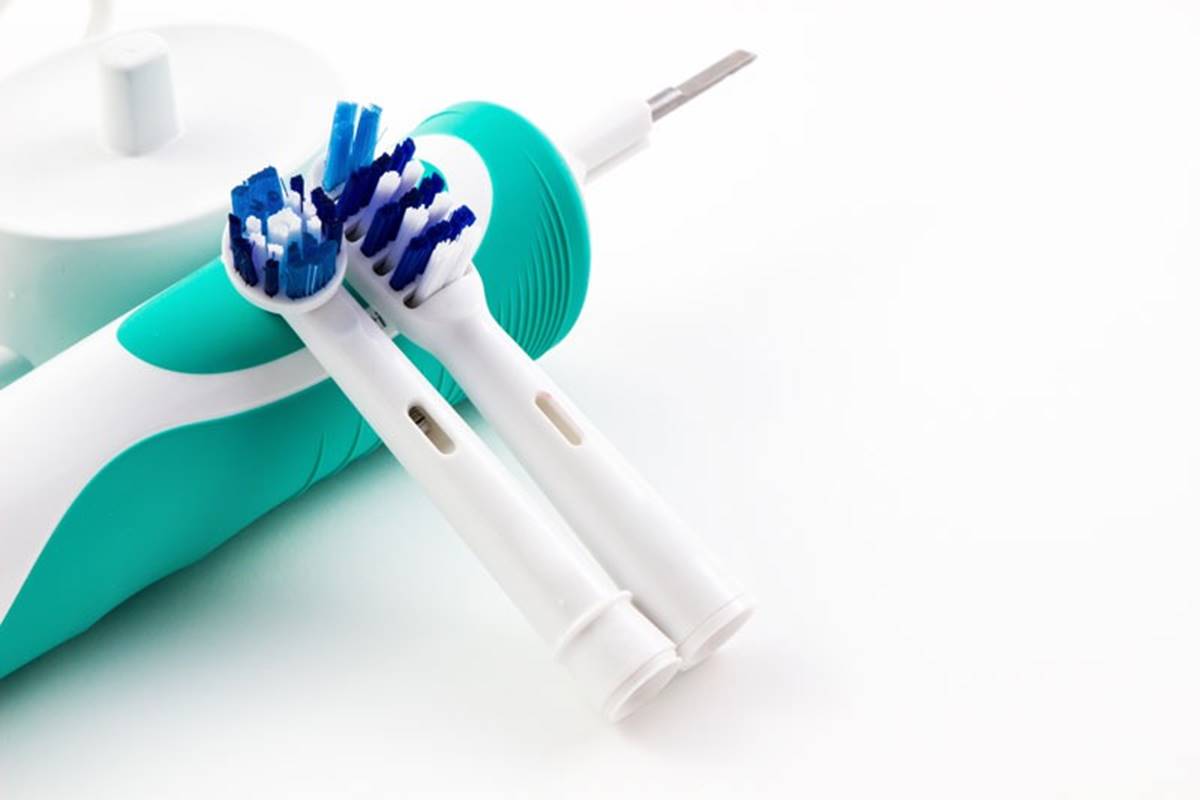
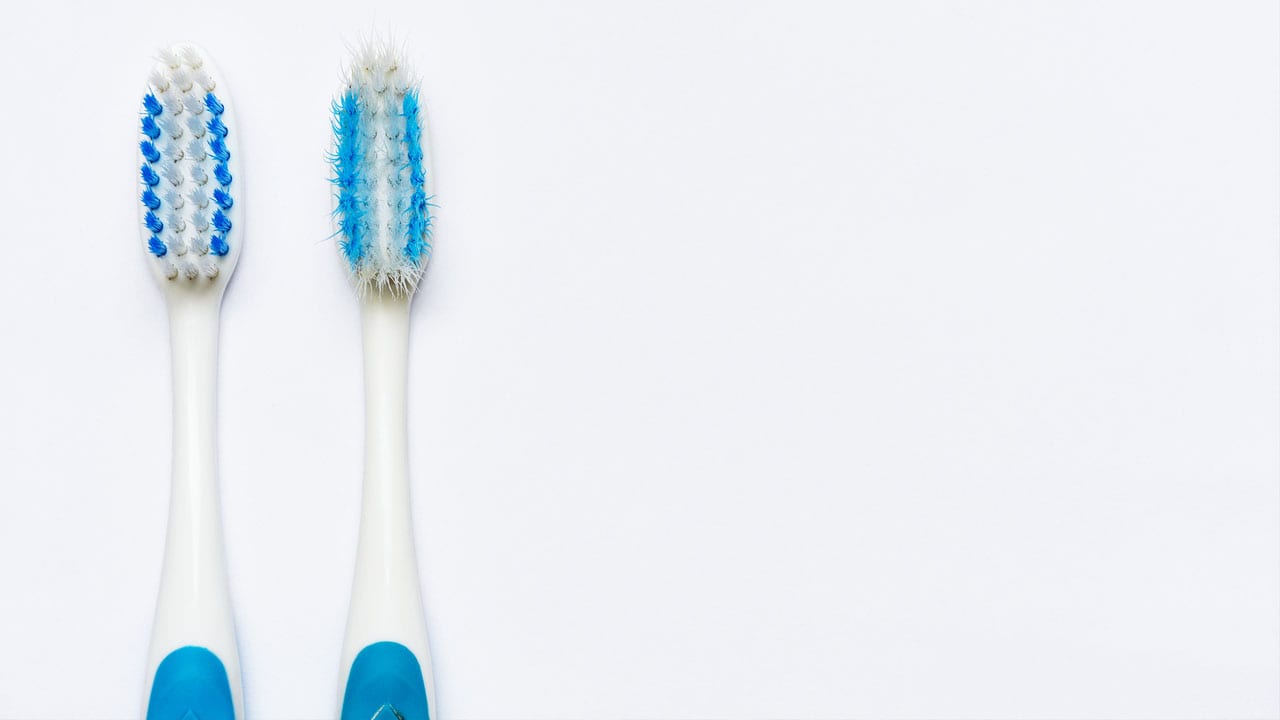
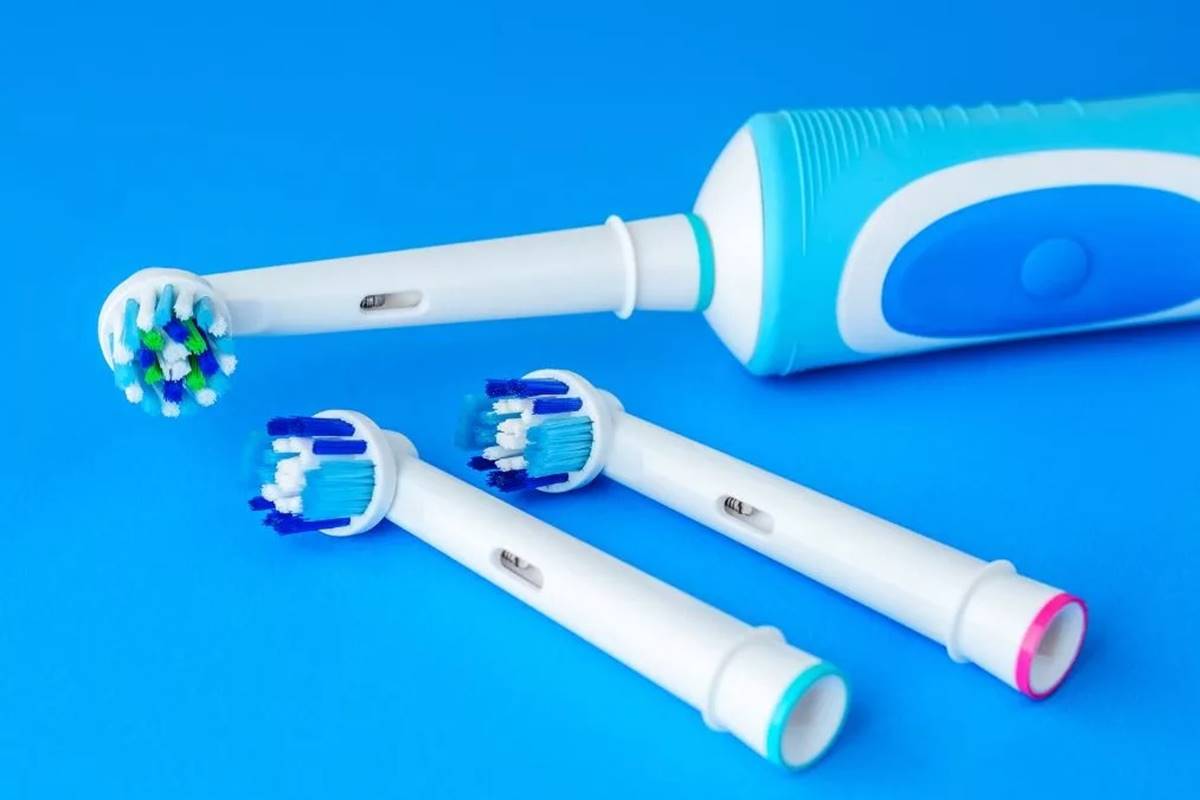
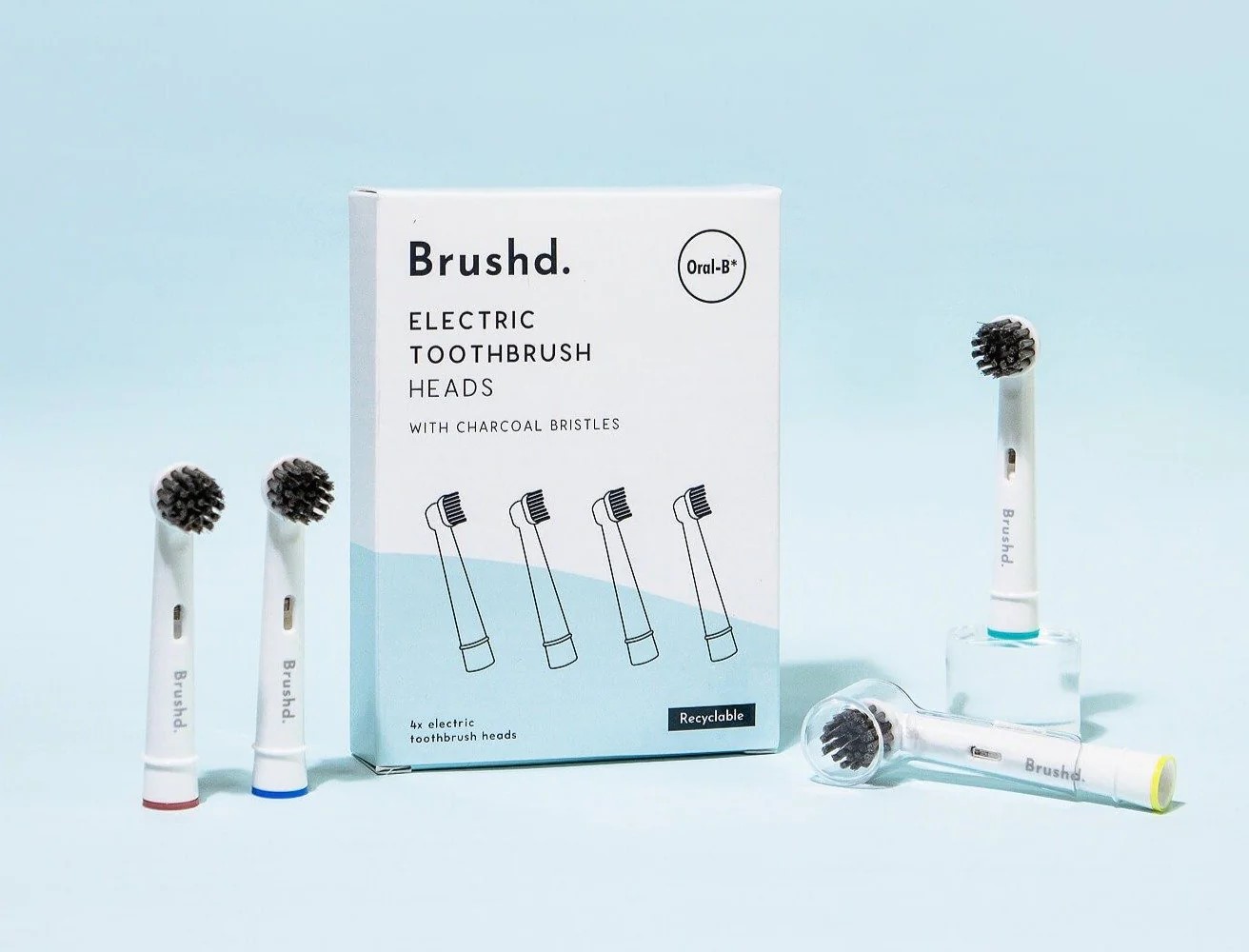
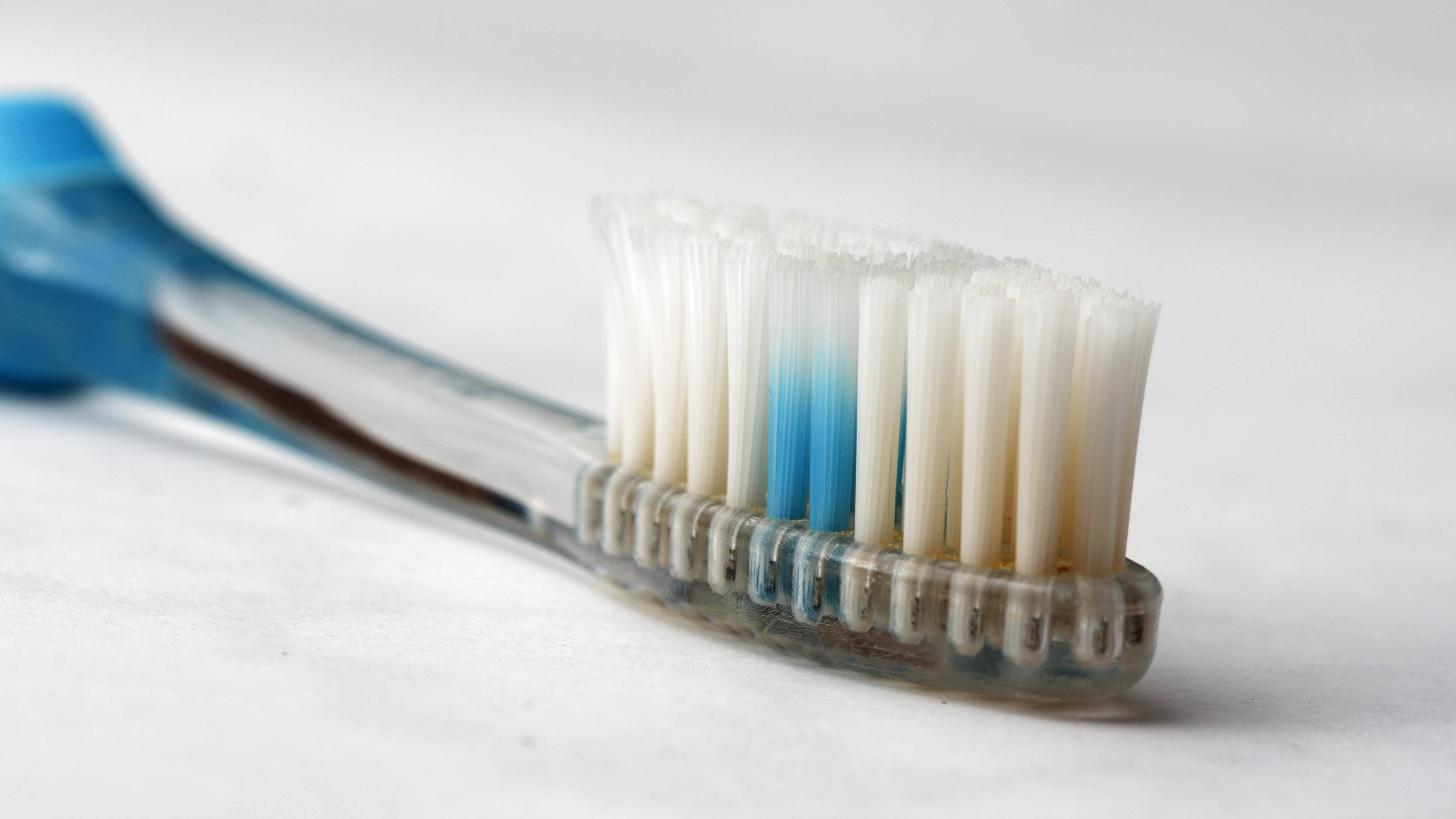

0 thoughts on “How Often To Change The Head On An Electric Toothbrush”